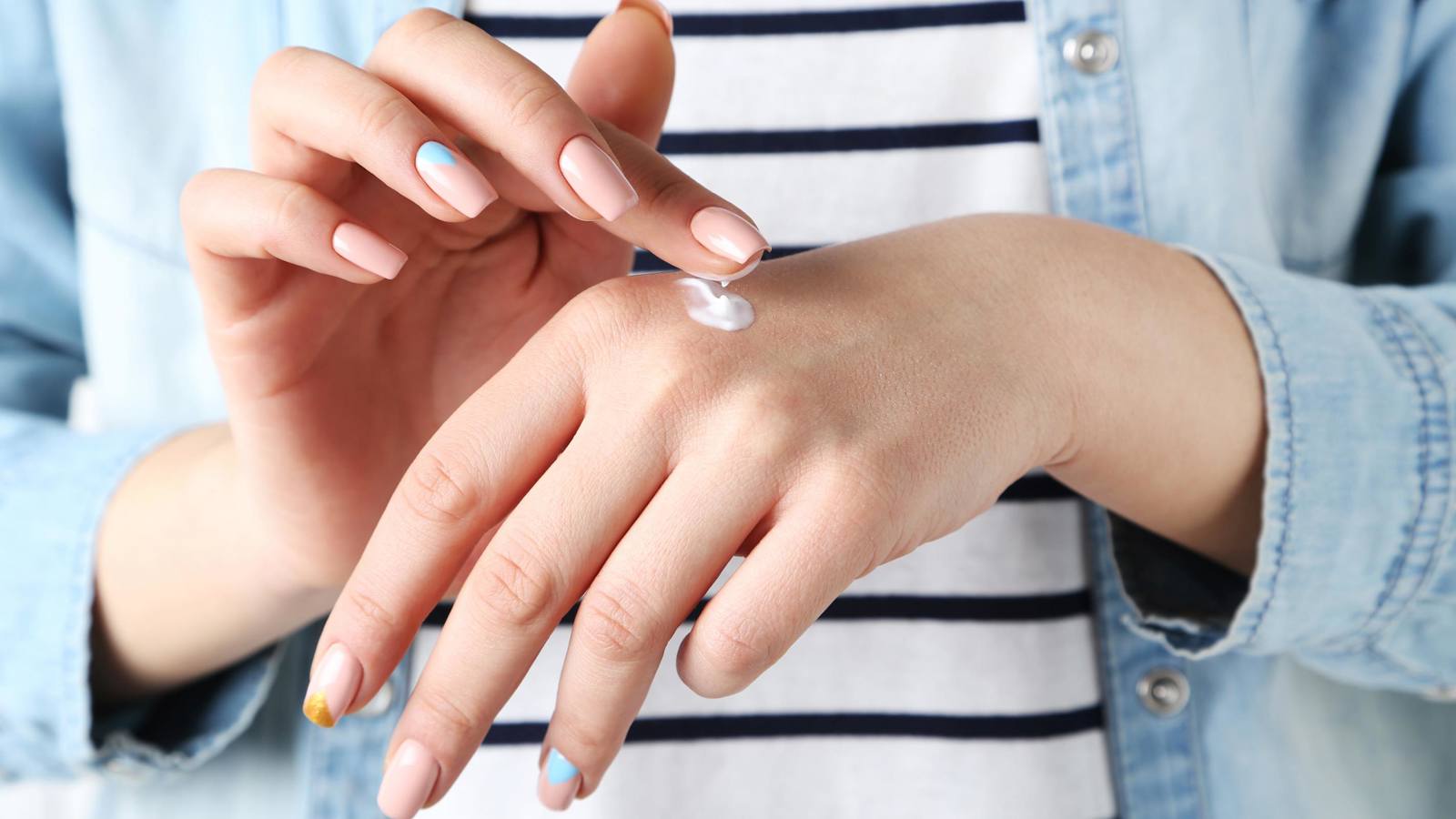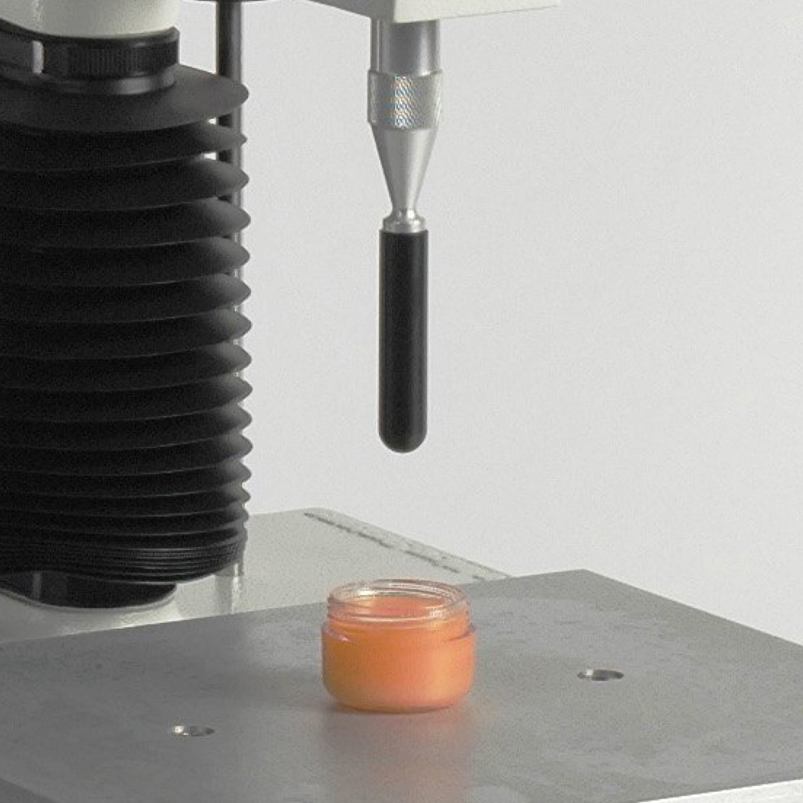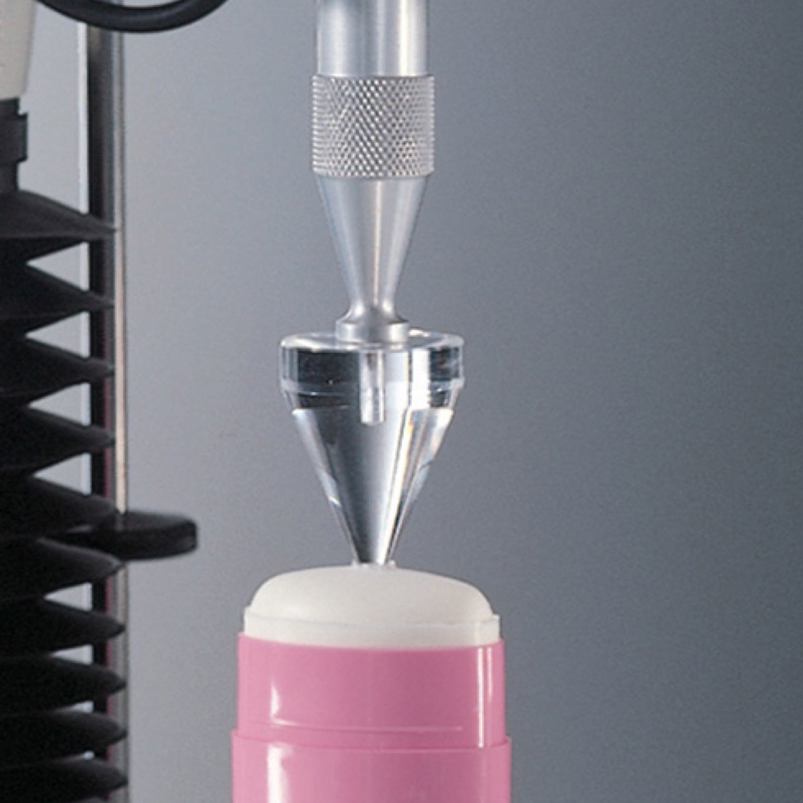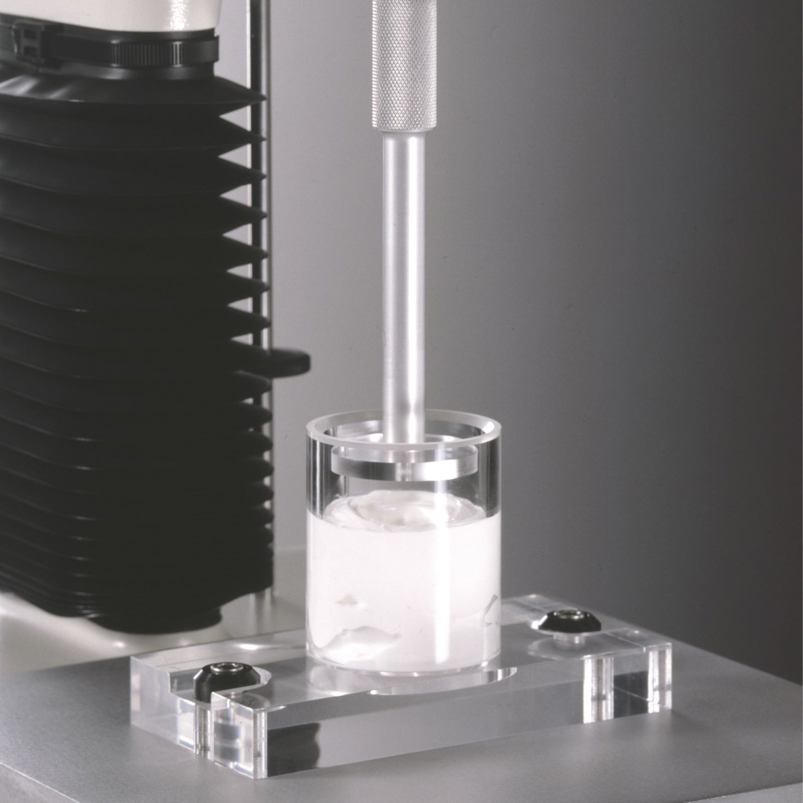
Why is texture so important to personal care and skincare products?

Consumers today expect to be wowed by a personal care product, and texture is crucial in this process. It occurs in the first instance due to the aroma, which is the primary criterion for first product purchase and subsequent brand loyalty. The second factor is touch, which is a sensory factor. Humans are connected to the world through their senses, thus it's critical to provide them with a positive sensory experience when using a product. People no longer solely value a product by how effectively it performs but they now particularly like it when a texture changes when it comes into contact with their skin or hair. Brands have recognised this and have directed their formulators to develop new components that combine the strength of many textures to increase the consumer's enjoyment of the product. To create textural transformations formulators working swiftly to align formulations with this latest sensory trend by using particular components and scientific understanding to change the texture of a cosmetic product that stands out in the market.
The latest innovations in skincare
Pressed, solid, whipped — the latest skin-care formulas for serums and creams are designed to deliver more active ingredients to skin and to hydrate it better than a typical lotion can. On top of that, they feel fantastic.
Pressed
These serums start as a fairly solid balm, which then melts into a lotion. One specific ingredient, a polymer called a rheology modifier, is responsible for this transformation, causing the thick formula to become flowable when you apply pressure by massaging it into skin, Once you've rubbed the serum in fully, it shifts back to a thin balm, leaving a nice, cushiony feel and an effective barrier that holds moisture in. The result: You get the hydration of a thick balm without its greasy side effects.
Solid
When you swipe a solid serum stick across your face, the heat from your skin causes it to melt and then sink in instantly. As solid sticks are formulated with little to no water, they're able to contain more or higher levels of active, effective ingredients which means that they remain stable with fewer preservatives.
Whipped
Whipped formulas are all about the sensory experience. Biomimetic ingredients, for example, create a cloud-like consistency and enable the delivery of extracts that boost the skin's own natural moisture.
Our suggested tools for measuring these textures include penetration tests for solid/pressed formulations and back extrusion tests for semi-solid or whipped cosmetics.



The latest articles on skincare product texture
But don’t take our word for how important texture is to personal care and cosmetics products. Here are a few non-biased articles for you to peruse:
Product Development: Why is texture so important in skincare?
Why texture and sensory analysis are essential
The pleasure of texture in cosmetics
Latest research discoveries
Make-up clumps, bumps and collapses are the three factors that determine how well make-up has performed. A study by researchers from LG Household & Health Care Seoul aimed to reduce these three factors by using amphiphilic substances to increase the affinity between the skin and the make-up layer. In addition, it aims to evaluate the improvement of the make-up layer by developing an objective make-up layer evaluation method. Experiments were performed in an attempt to increase the affinity between the skin and the make-up layer by minimising the difference in surface energy between the two. Multiple types of artificial skin (leather and bio-skin) were used and treated to form the liquid foundation layer. Qualitative evaluation of the make-up layer was conducted by analysing the surface, cross-section, and fracture area of the make-up layer. They then used their TA.XTplusC Texture Analyser to simulate muscle movement with constant force. It has been confirmed that through this method, the quality of consumer experience related to make-up satisfaction can be improved.
See how cosmetic industry leaders use texture analysis to get ahead of their competition











